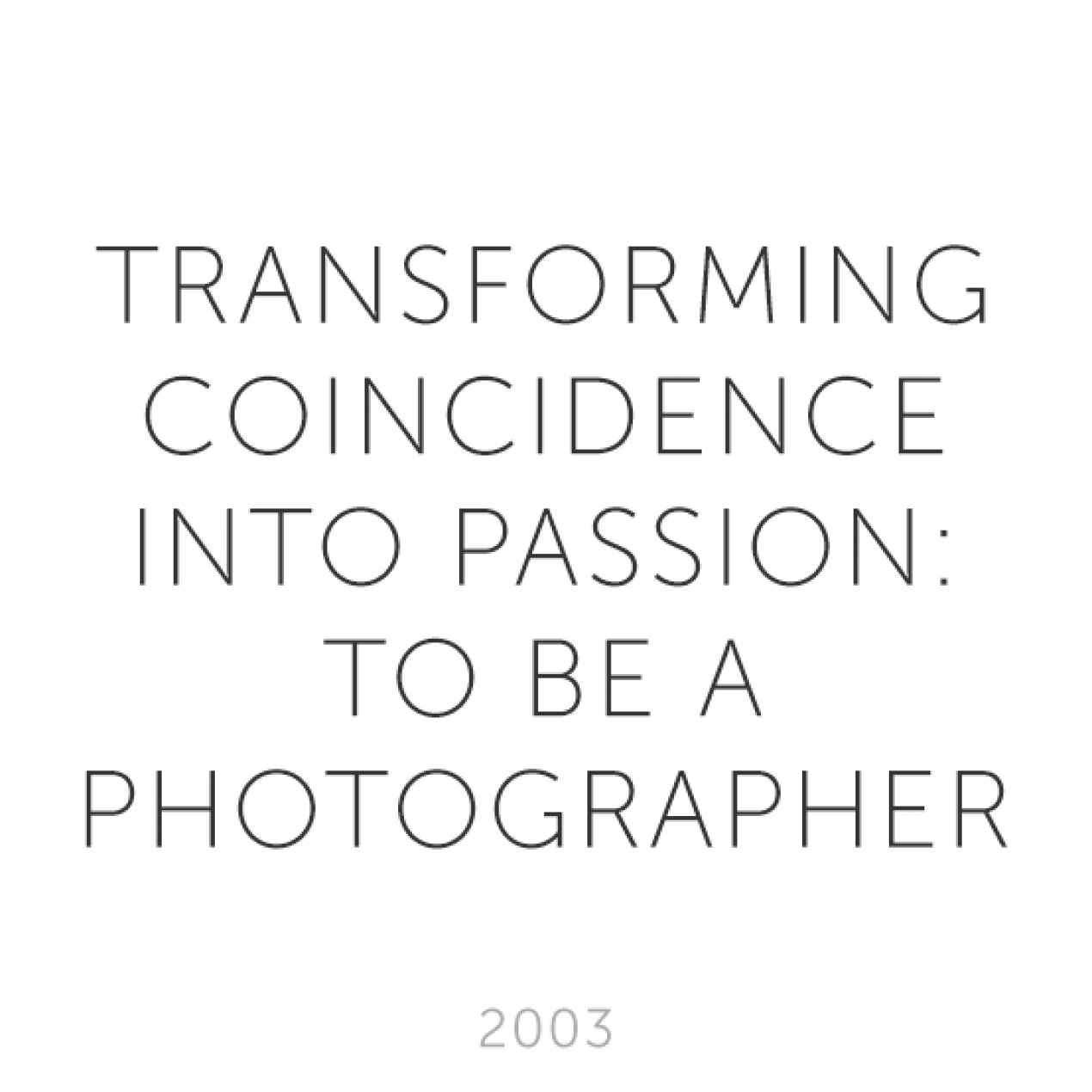* insankaynaklari.com / Interactive interview
We chose to start the Photography File that we will work on in the October-November period at insankaynaklari.com İKeyif, with an academician who has set his heart on this profession. With Prof. Dr. Ahmet Öner Gezgin, we talked about photography as a profession, photography education and being a good photographer.
How is photography regarded as a profession in our country?
In our country, as the role of photography in creating an object of art is widely underestimated and as no investment is made in this field, the perception of photography as a profession is not much different from this situation. The opinion that this profession can be performed by everyone, whether educated or not, is quite common even in our day.
What photography has added to your life…
In the process extending from the first moment I encountered photography until now, I have succeeded in performing photography that I have dreamed of as a fluid way of coming face to face with the other reality -as in the case of theater- creating my subjective reality, setting up an environment of freedom where, as Man Ray also says, everything forbidden can be done, and being able to share this. This is the most important achievement that photography added to my life.
Could you give information about the development process of photography education and the content of education given in our country?
The development process of photography, as we known, is comprised of two important periods: The first is the period of Daguerre, until 19 August 1839 when the discovery of the photography was officially announced to the world by the French Academy of Sciences; the other is the new period that started with Daguerre, lasting until today. The developments between these two periods, the interaction of painting and photography, and certain people’s beliefs that photography will replace painting and the debates on whether or not photography is art, the manifestos put forward on those that are forbidden and not forbidden, the effects of education up until this day are only a few of the main headings we have struggled with and debated over.
While the technology-oriented adventure of the image technology, starting in the 15th century has brought its development on a track to the level of digital technology, on the other track, the intensification of the use of photography as a tool in the visual communication system and the diversity of languages displayed in different fields, made the photography education essential and in the new period starting with Daguerre, in the west educational institutions took their places. in 1978, in our country, where importing is preferred instead of producing the useful and practical equipment produced by technology in the age of science, 139 years after the official announcement to the world of the discovery of photography, and education, being the most important of the prerequisites to fulfill its function oriented towards the community and the art, converged with photography that gained its institutional identity under the roof of Mimar Sinan University (İDGSA-Istanbul State Academy of Fine Arts) as the Institute of Photography. Our department, which revised its programs in the direction of equivalency between the programs as foreseen by the criteria of EU (European Union) and the European Credit Transfer System (ECTS), is continuing to provide training predominantly in the fields of art photography, publicity (advertising) photography and documentary photography at associate degree, undergraduate and graduate levels (post graduate, proficiency in art).
The general purpose of photography education initiated in our country with a delay of more than a century, in the process left between yesterday and today, can be summarized as bringing out the creative power in this context, by taking photography from arbitrariness to the school level in its art-oriented expansion, developing the intuitions, educating the people who will bring a future-oriented and right point of view, giving the ability of thinking within the framework of the methods comprising the experimentation, supervision and finalization processes.
In the light of the fact that in our country, the educational institutions where art and professional formation are programmed separately in the field of photography education and show differences in the context of their aims and targets have not yet been established, the undergraduate program of our department has been configured upon three complementary basic concepts, namely knowledge, creativity and technological process, with emphasis on culture, art and professional formation. Information is the product of such classes as, history of photography, photography theories, photography reading, aesthetics, art history, art theories, basic art education, cultural history, art sociology, contemporary art and its interpretation etc. Creativity is coordinated with information. This corresponds to the classes of basic vocational training, experimental photography, visual communication, art photography design, publicity photography design and documentary photography design and practice in the program. In these classes, the aim is to transform the talent into a certain aesthetic fact. Technological process is in the position of vehicle for expressing the knowledge-supported creativity. The classes that lead this process are black/white and colored darkroom techniques, experimental techniques, shooting techniques, light and color theories, reproduction, portrait, architecture and digital technology. Although practical studies are carried out within the framework of the content specific to each lesson, particularly project works that will support the formation of a personal language in the design group classes wherein talent and creativity are addressed are foreseen.
Is the education received enough to become a good photographer?
There is no doubt that an art training at quite a long-term undergraduate level of four years, is not enough to be a good photographer equipped with art and professional formation. Because today, technology-dependent education, which is carried out in higher education, is not likely to equip the student as an artist or professional person. Also, this is not the task of higher education anyway. The institution enables the student to gain the ability to express hidden powers such as creativity, invention and constructiveness. In this context, students graduate with self-reflection and sufficient knowledge of art and vocational knowledge that can adapt to different conditions.
The student must strive to create a suitable environment for equipping himself for the future during his education, in this context must have a vivid imagination, an investigative and sharing personality, must make self-criticism, must behave impartially and with tolerance, must never see himself in a static environment and constantly renew himself. The students must not just rely the educational programs in the school but also follow the developments in the world in each area; steps should be taken to create their own unique identities. The fact that the formation of a person of art and profession is not limited to the period of education in the school, and that the formation lasts for life should be known.
Your advice to young people who want to improve their career in the field of photography …
No one in this country among those involved in photography in one way or another has started out saying “I want to be a photographer”. In fact, almost all of them, except for the educators, are people of other professions.
Then, encountering with photography is nothing but a coincidence that turns into a passion. Passion is like a stone that is thrown into the water, forming rings that extend outward in the water. At the beginning, the rings are small but then the rings gradually grow, until they exceed themselves.
There are also traps in this process, the person is hasty; makes a few image spool thefts, holds an exhibition and his name reaches the rank of photography artist in the written/visual media. Or he participates in a few exhibitions of FIAP, (the International Federation of the Art of Photography Federation Internationale de L’art Photographique) which hands out the titles of artist and is called an artist. It is beneficial for the youth to notice these and similar traps. For young people who want an education, there are ample opportunities today. As an educator, the most important con I have observed among the youth studying photography is lack of passion. The reason for this is that the students feel lost in our world drenched in visuality. Self-education is important for those who are not educated. This is why historical processes should be studied, accumulation of knowledge should be provided by establishing interdisciplinary communication, image producers of the past and their work should be examined. Thus, the process to contribute to the formation of a unique language should be initiated.
2003







